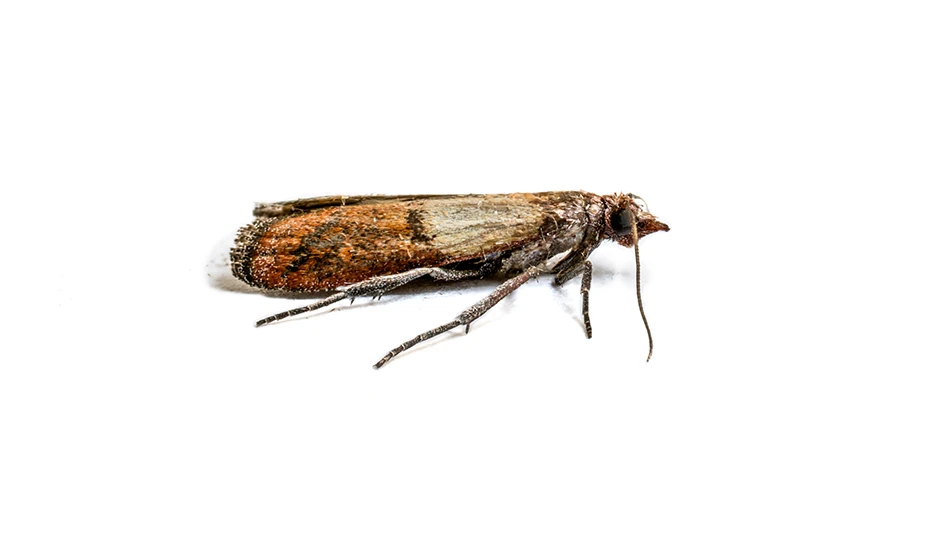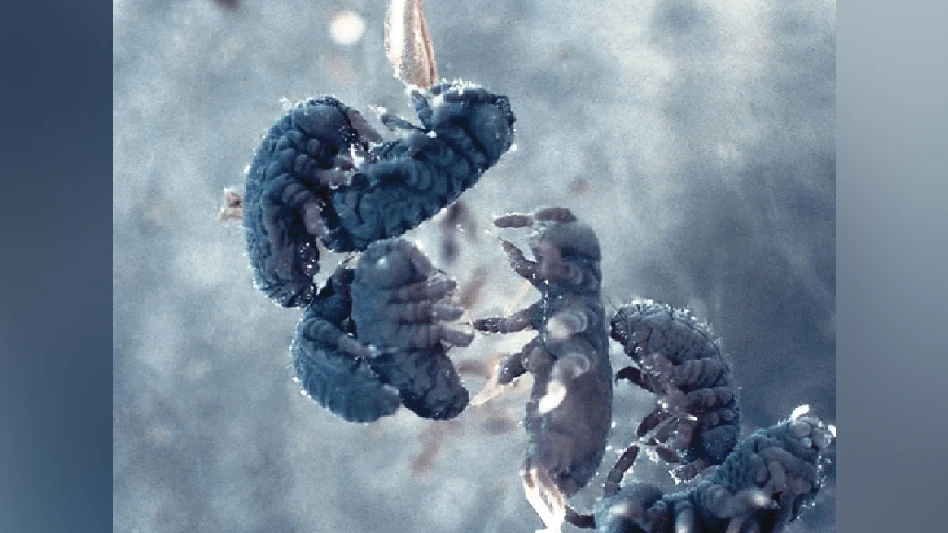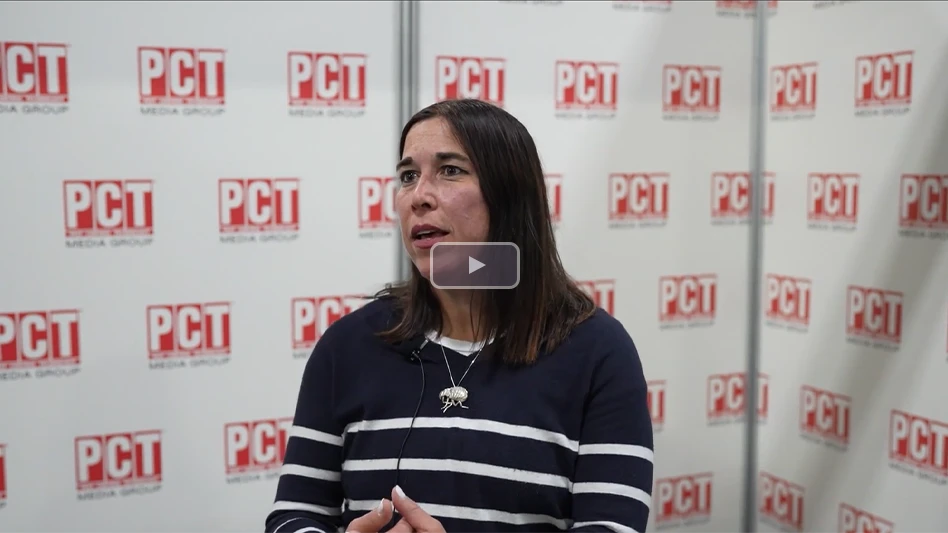
iStock | stockfotocz
Identifying the Moth
Larval IMM: Mature larva is 1/2-inch (13 mm) long and wormlike. It is whitish, but may have a pink or greenish tint. Larva is almost hairless with a brown head and five pairs of short prolegs on the abdomen.
Indian Meal Moths or Clothes Moths? - There is sometimes confusion among customers and technicians as to whether the moths flying around a home are food moths or clothes moths. The number one clue is that Indian meal moths are attracted to light, clothes moths are not. IMM will fly to lights or TV screens at night while clothes moths hide from lights in dark cracks and crevices. Clothes moth are smaller with fringed wings and are yellowish-gold in color, rather than having the two-tone coloration of IMM.
Where Do You Find IMM? - Indian meal moth infestations are often first discovered when the mature larvae leave their food source and wander away looking for a protected place to pupate. They are often seen wandering up kitchen walls or across ceilings, or hanging by silken threads. They spin a silken pupal cocoon and these can be found along wall/ceiling junctions, in the corners of shelves, behind items on the walls, in the folds of boxes or bag flaps, in food processing equipment, even in the food product itself.
IMM larvae feed on a wide range of foods, including dry pet food (the #1 source), cereals, dried fruits, cornmeal, graham and whole wheat flour, powdered milk, bread, nuts, bird seed, fish food, chocolate, spices, etc. In homes, infestations usually start in those food packages that are the oldest, that are past their "use by" date, that have been damaged, or that have gotten damp or moldy.
Your inspection should begin with older foods at the back of shelves, forgotten in corners, or stored in bulk in the garage, basement, or pantry. Almost any packaged food product, even those that are unopened, can be infested. The larvae spin silk webbing in the food as they feed. You may also find shed larval skins and droppings among the webbing.
The emerging adult moth rests during the day in dark, secluded areas and flies mostly at dusk in a zigzag manner. It does not feed but will fly to lights, often in rooms away from its food source. The mated female returns to lay her eggs in food products at night.
Trapping Indian Meal Moths - Indian meal moth adults can be captured with either standard insect light traps (ILTs) or with hanging pheromone traps that contain an IMM-specific sex attractant lure. Pheromone traps are a good monitoring tool in commercial accounts and can be part of a control program in residences.
The authors are well-known industry consultants and owners of Pinto & Associates.
Latest from Pest Control Technology
- Massey Services Gives Back to Several Organizations Over Holiday Season
- The Power of Clarity at Work: How Goals, Roles and Tasks Transform Teams
- Unusual Pests of New Homes
- 2024 Crown Leadership Award Winner Bill Welsh
- UC Riverside Scientists Study New Termite Treatment Methods
- Lindsay Hartnett Honored with First Annual Eco Serve HEARTS Award
- 10 Tips to Prevent Freeze Damage
- Island Conservation Unveils New Branding and Website to Support Global Island Restoration





